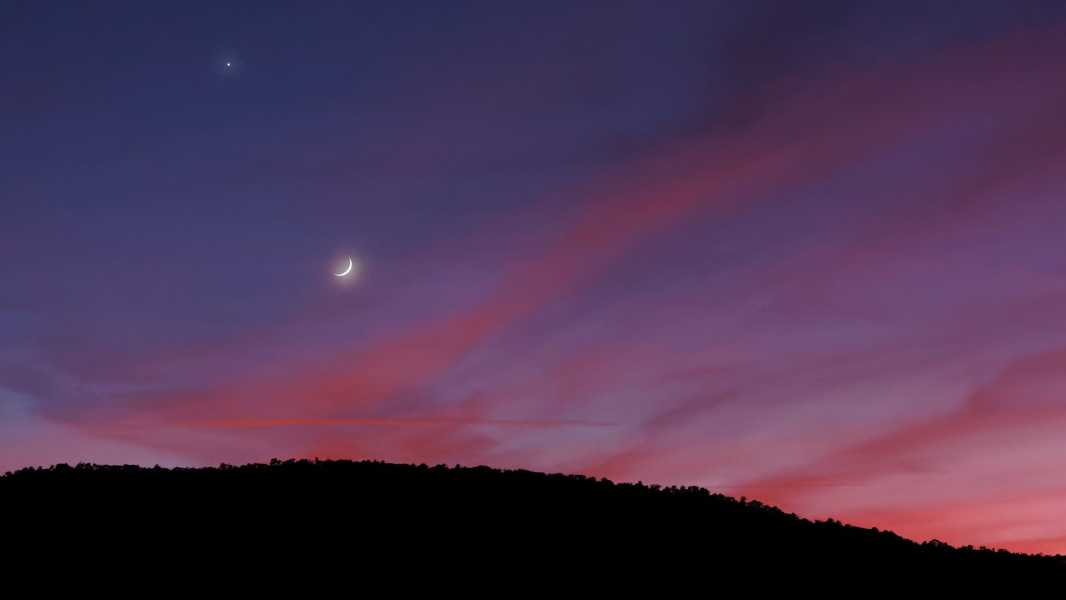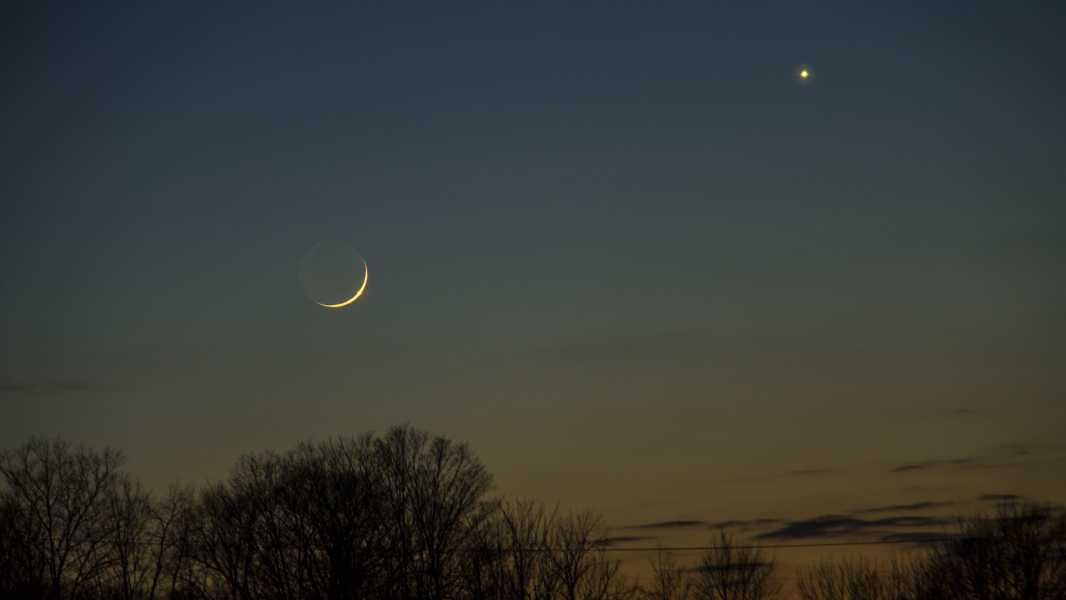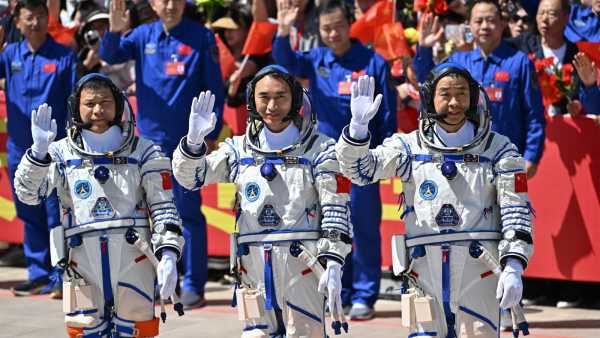
Jupiter's Great Red Spot will be visible through telescopes during its close conjunction with Venus on August 12. (Image credit: NASA/JPL)
As the Perseid meteor shower reaches its peak, two bright planets appear in the night sky.
Venus and Jupiter, the brightest planets in the sky, will join in a conjunction early Tuesday morning (August 12). The planets will be less than a degree apart that morning — about the length of your pinky finger held at arm's length. Because they'll be so close together, you'll be able to see them both at the same time through binoculars or a home telescope.
If you want to see this conjunction, you'll either need to stay out longer or get up early: Venus and Jupiter rise together around 3:00 a.m. local time and set together around 6:00 a.m. local time. However, these times may vary slightly depending on your location. You can use the Time & Date app to find out the exact sunrise and sunset times in your area.
Venus and Jupiter will appear in the east in the constellation Gemini and rise about 20 degrees above the horizon before sunrise. Because they are quite low on the horizon, they are best viewed from relatively flat ground without many trees, buildings, or other obstructions to the east.
You may like
-

Moon, Mars, and Meteors: Why July 28 Is the Best Night of the Summer for Skywatching
-

Two amazing planetary conjunctions will light up the sky later this month. Here's how to see them.
Sourse: www.livescience.com





